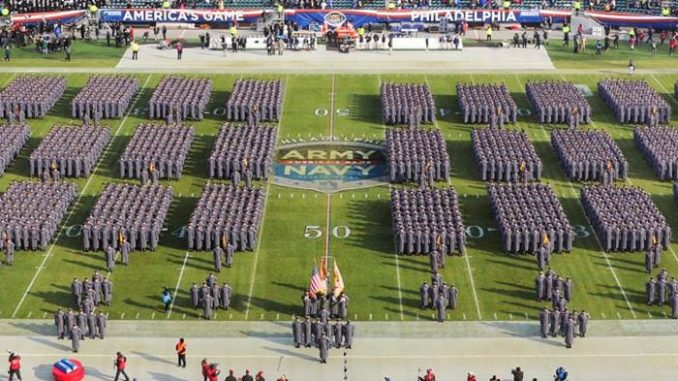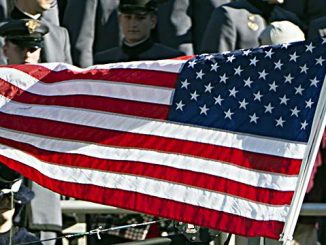
Repeating the success of the Army defense from 2018 will certainly reply on people stepping into new roles. The early signs are good – especially at the top level – with new defensive coordinator John Loose putting together an awesome scheme to shut down Houston in the Armed Forces Bowl at the back end of last season.
There is a big difference though between scheming out for one game and putting together a winning defense for an entire season. There are holes to fill – as there always are – after a raft of graduations and Loose could do much worse than building his unit around an Army defensive line that has continued to get better over the last few seasons.
The losses in personnel here are simple. Raymond Wright and Wunmi Oyetuga have both moved on, but there is plenty of experience sitting in on defense ready to excel in the 3-4 scheme that Army used so successfully last term.
The Army defensive scheme is based around winning on third and fourth downs. It is a simple strategy where on first and second down the team tries to contain big plays and then on third down the hooks are in and the stop is made. Promoting Loose from within should see very little change in regards to overall defensive attitude and style.
The defensive line losses – in anything – will hurt in the running game more than the passing defense. Wright and Oyetuga were tackles that were in the lineup to plug gaps, but given that Army was already 104th in the nation in rushing marginal efficiency allowed, it is hard to see how a drop off to much lower could hurt the team at all.
The problem with the Army defensive line tends to be the size deficiency that the Black Knights have to make up for. In Rod Stoddard (5-foot-11, 280-pounds) there is some bulk, but the size kind of falls away from there.
That is why Army needs to continue to win the time of possession battle on offense. The defensive line is full of players who look more like heavy linebackers than small defensive linemen. Nose tackles like Jacob Covington and Kwabena Bonsu (6-foot-4, 260-pounds) rely much less on their size than they do their speed at the point of attack and their ability to get leverage on their opponent. To do that they need to be fresh, so an offense moving the ball for Army and a steady rotation of seven to eight defensive lineman on any given Saturday will be key.
At defensive end, it will be junior Edriece Patterson who gets the starting nod. In a 3-4 scheme the end is not relied upon to get after the quarterback – that pressure comes from the linebackers – so Patterson’s stats of 21 tackles and 2.5 for a loss are actually at or above where they need to be. Patterson has an ideal combination of size and speed to play the end position in this scheme.
In summary, if the defensive line maintains the performance that it did last year – albeit with a couple of new faces in the lineup – then there is no reason to think that the team as a whole will see any significant drop off in production or wins.



